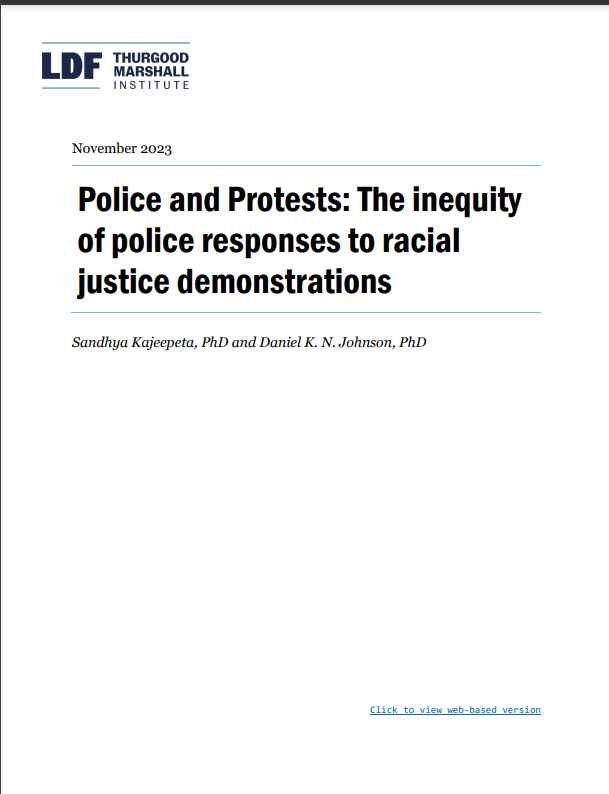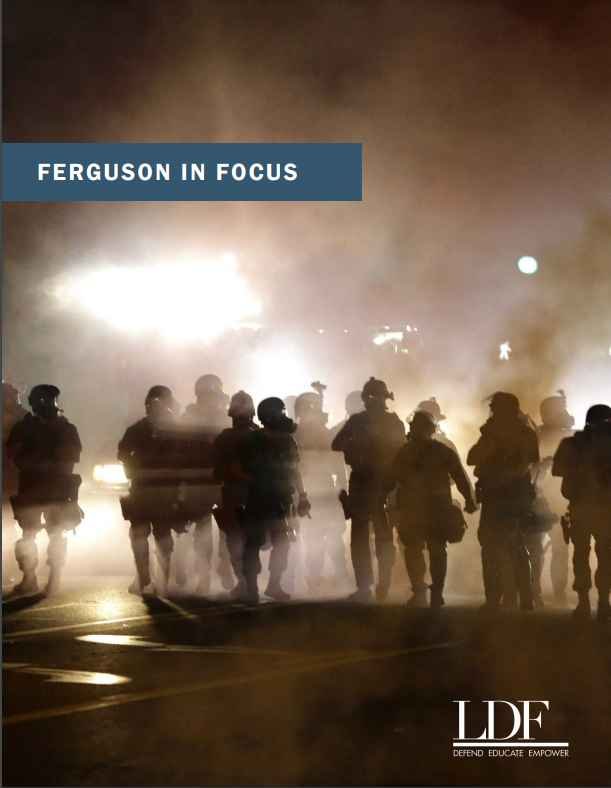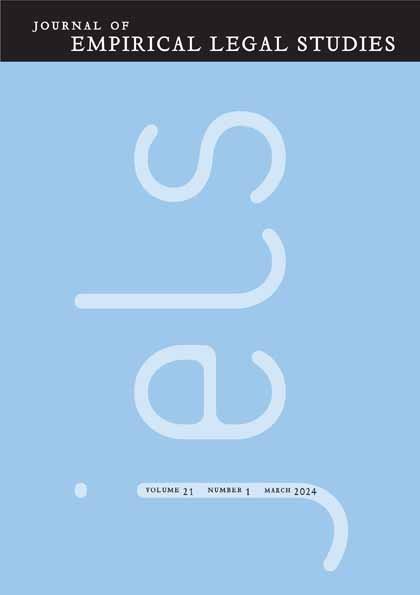By Ashly Fuller | Marie Vasek | Enrico Mariconti | Shane D. Johnson
Issues: The sale of illicit drugs online has expanded to mainstream social media apps. These platforms provide access to a wide audience, especially children and adolescents. Research is in its infancy and scattered due to the multidisciplinary aspects of the phenomena. Approach: We present a multidisciplinary systematic scoping review on the advertisement and sale of illicit drugs to young people. Peer-reviewed studies written in English, Spanish and French were searched for the period 2015 to 2022. We extracted data on users, drugs studied, rate of posts, terminology used and study methodology. Key Findings: A total of 56 peer-reviewed papers were included. The analysis of these highlights the variety of drugs advertised and platforms used to do so. Various methodological designs were considered. Approaches to detecting illicit content were the focus of many studies as algorithms move from detecting drug-related keywords to drug selling behaviour. We found that on average, for the studies reviewed, 13 in 100 social media posts advertise illicit drugs. However, popular platforms used by adolescents are rarely studied. Implications: Promotional content is increasing in sophistication to appeal to young people, shifting towards healthy, glamourous and seemingly legal depictions of drugs. Greater inter-disciplinary collaboration between computational and qualitative approaches are needed to comprehensively study the sale and advertisement of illegal drugs on social media across different platforms. This requires coordinated action from researchers, policy makers and service providers.
Drugs and Alcohol Review, 2023



























